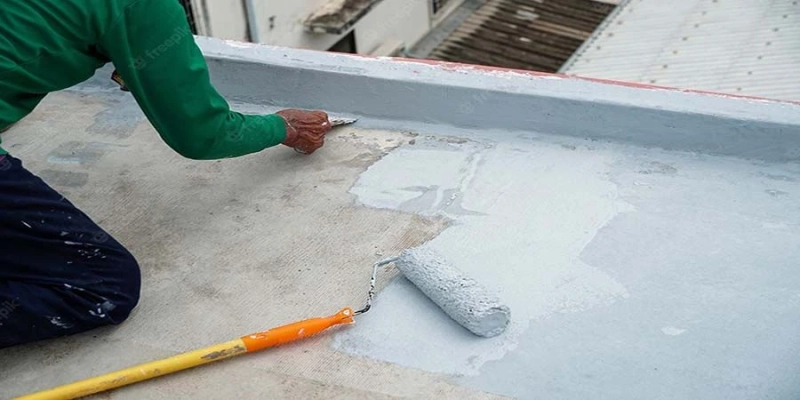The application of a waterproofing membrane arises from the need to put an end to liquid leaks, through cracks, fissures or holes in the structure, which are the main cause of moisture problems that weaken the structures of homes and buildings. .
What is waterproofing membrane?
Generally, it is usually a plasticized PVC sheet that comes in rolls. It is placed on horizontal surfaces, which must be uniform and without roughness to avoid breakage of the material, always avoiding direct UV rays. The membrane can be covered by earth, gravel, mortar or any other material that does not contain oil, fuel or bitumen. Its main function is to waterproof these surfaces, preventing water leaks that can cause humidity.
What is the waterproofing membrane used for?
It is designed for construction deficiencies, the existence of critical points for waterproofing or wear caused by inclement weather, and even atmospheric pollution, to cover the appearance of leaks on roofs and terraces.
Since without proper treatment, it is only a matter of time before leaks or damp end up appearing inside our homes. For this reason there are numerous roof waterproofing systems on the market. However, the waterproofing membrane is prevailing over the rest due to its versatility and value for money.
Uses of waterproofing membrane
Shower waterproofing membrane: it is essential to waterproof the surfaces of the shower. The waterproofing membrane acts as a vapor barrier and prevents moisture from penetrating the building material. It is advisable to lay membranes that are durable, elastic and resistant to both hot and cold temperatures.
Swimming pool waterproofing membrane: a swimming pool requires construction techniques and products whose main function is to withstand loads and movements while maintaining total weathertightness. Said tightness is recommended to be both from the inside to the outside, and from the outside to the inside, so that the waterproofing must not only be internal, but must also be carried out between the pool and the ground.
Covered waterproofing membrane: these are the areas most exposed to inclement weather, being the main source of humidity or leaks. For this reason, it is very important to carry out a good installation that guarantees their waterproofing, to prevent water from seeping in, allowing the structure to breathe, with breathable solutions being the most appropriate in this case.
Terrace waterproofing membrane: similar to roof and roof waterproofing, since the application of a waterproofing membrane on the terrace must also be able to be applied in cold weather and with high humidity without the applied treatment losing its effectiveness and it can be applied even with rain.


